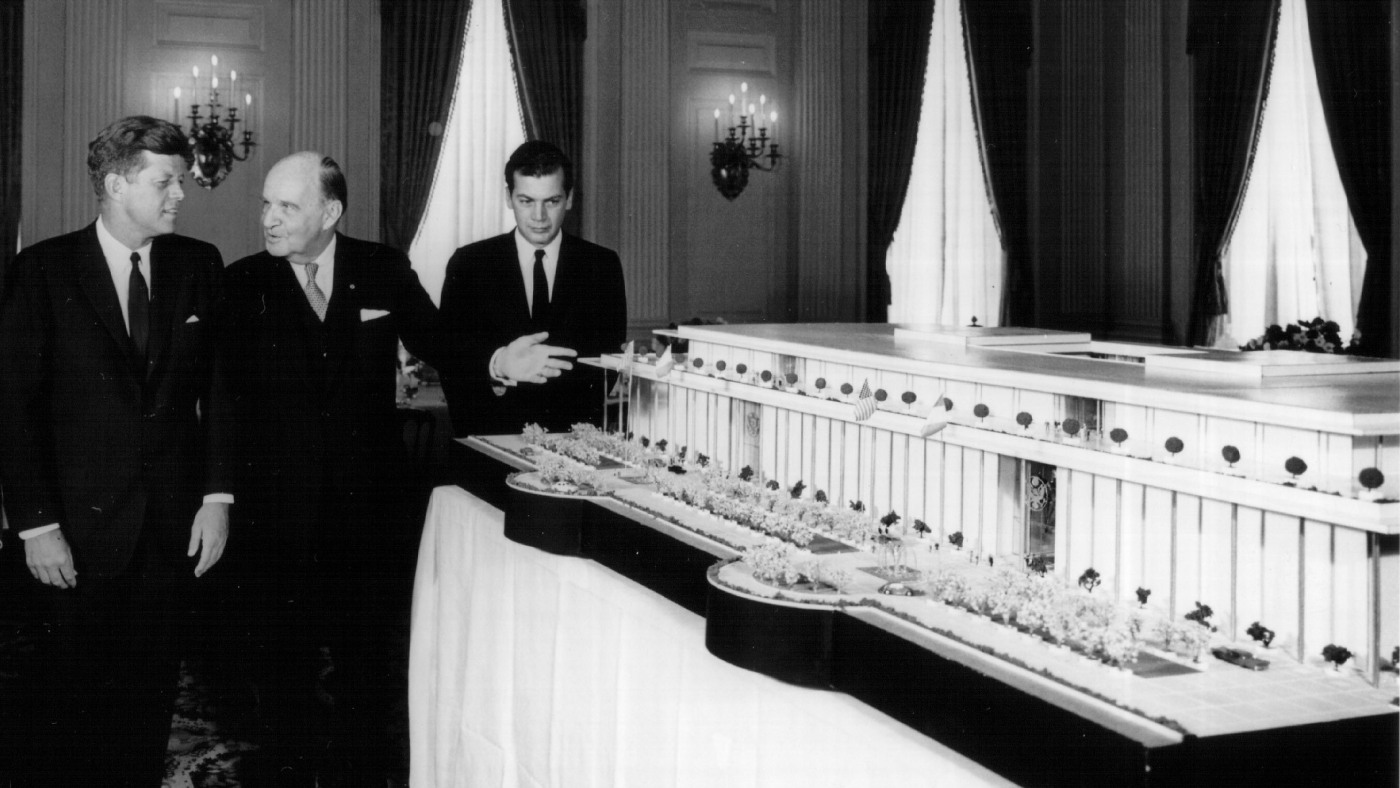Editor’s note: Before beginning any new exercise program, consult your doctor. Stop immediately if you experience pain.
(CNN) — Once you have embarked upon a new exercise regimen, most people hope to see results almost immediately. Yet whether you’re looking to drop a few pounds, gain muscle or fit into your favorite pair of jeans, it can seem to take forever. This is especially true if you’ve started this journey with your spouse or a friend, who may be quickly seeing positive results.
“How soon you’ll see changes really depends on the person, the type of exercise they’re doing and how consistently they’re doing it,” said Angie Asche, a registered dietitian based in Lincoln, Nebraska, and founder of Eleat Sports Nutrition, a company that helps athletes improve their performance through nutrition. “It depends on what your diet is like, too. But give it at least two to four weeks.”
For many people, changes can take more like six to 12 weeks, said Tina Fennelly, a certified personal trainer with Aviv Clinics in The Villages, Florida. That’s because so many factors are in play, including age, sex and metabolism.
Men, for example, tend to have a higher metabolic rate than women, which is the total amount of energy, or calories, your body uses per day. This is because men are typically larger than women and have more muscle mass, and bigger organs and beefier muscles require more calories to work.
While waiting a month or two to see visible results from your hard work can seem like a long time, it’s worth it because exercise brings plenty of invisible results, both experts agreed.
Regular physical activity reduces your risk of cardiovascular disease, type 2 diabetes, infectious diseases and even some cancers, according to the US Centers for Disease Control and Prevention. Exercising also strengthens your bones and muscles, improves your cognitive skills, and even enhances the quality of your sleep.
Significant reductions in resting blood pressure also occur after performing a variety of different forms of exercise, with running and wall squats being especially helpful, according to a 2023 meta-analysis published in the British Journal of Sports Medicine.
Blood pressure changes can be immediate, too. “They can even occur the first day because of the improved blood flow that will happen,” Asche said. “This is regardless of whether you’re doing strength training, cardio or a combination.”
If you’re willing to work harder to see physical changes more quickly, that’s certainly possible.
“If you’re really trying to make body composition changes, focus more on higher-intensity exercises like running than, say, yoga,” Asche said, the latter being a lower-impact exercise that helps more with improving your sleep and mood.
It will also help if you move more throughout the day, not just during your exercise session. So schedule a five-minute walking break every hour, stand up at your desk or pace around your home during phone calls.
“It doesn’t seem like a lot, but this extra activity all adds up,” Asche said.
Reducing your caloric intake even a small amount — such as 250 to 500 calories per week — can help you drop an additional half a pound or pound per week, Fennelly said. Keep in mind, too, that once your body begins to build lean muscle mass, which occurs mainly from strength training, your resting metabolic rate will increase.
“That means after you leave the gym, you’ll have a higher calorie burn,” Fennelly said.
Choosing the proper foods to eat can also help you shed pounds and feel more comfortable in your clothing.
“Focus on whole foods as much as you can,” Asche said. Whole foods are unprocessed or minimally processed foods left in their natural state, or close to it. Think fresh fruits and veggies, eggs, legumes, nuts, and seeds.
“Minimally processed foods will give you the proper fiber, iron and nutrients,” Asche said. “Overprocessed foods lack nutrients, so we’re not satisfied when we eat them, and so we have a tendency to overeat.”
Another hack is to pair your new fitness routine with an activity you enjoy, Fennelly said. “I tell my clients that once you leave here, find something else you enjoy to keep you active and engaged, such as pickleball or biking.”
Just don’t give up right away if those jeans are still a little tight. “The biggest benefit from exercising is that it boosts your mood,” Fennelly said, “especially if you’re prone to higher levels of stress. It’s also the No. 1 thing you can do to increase your longevity.”
“And that’s what we want, right?” Asche said. “Increasing your longevity is the biggest reason to exercise, even more so than losing a little bit of fat.”
Sign up for CNN’s Fitness, But Better newsletter series. Our seven-part guide will help you ease into a healthy routine, backed by experts.
Melanie Radzicki McManus is a freelance writer who specializes in hiking, travel and fitness.

































